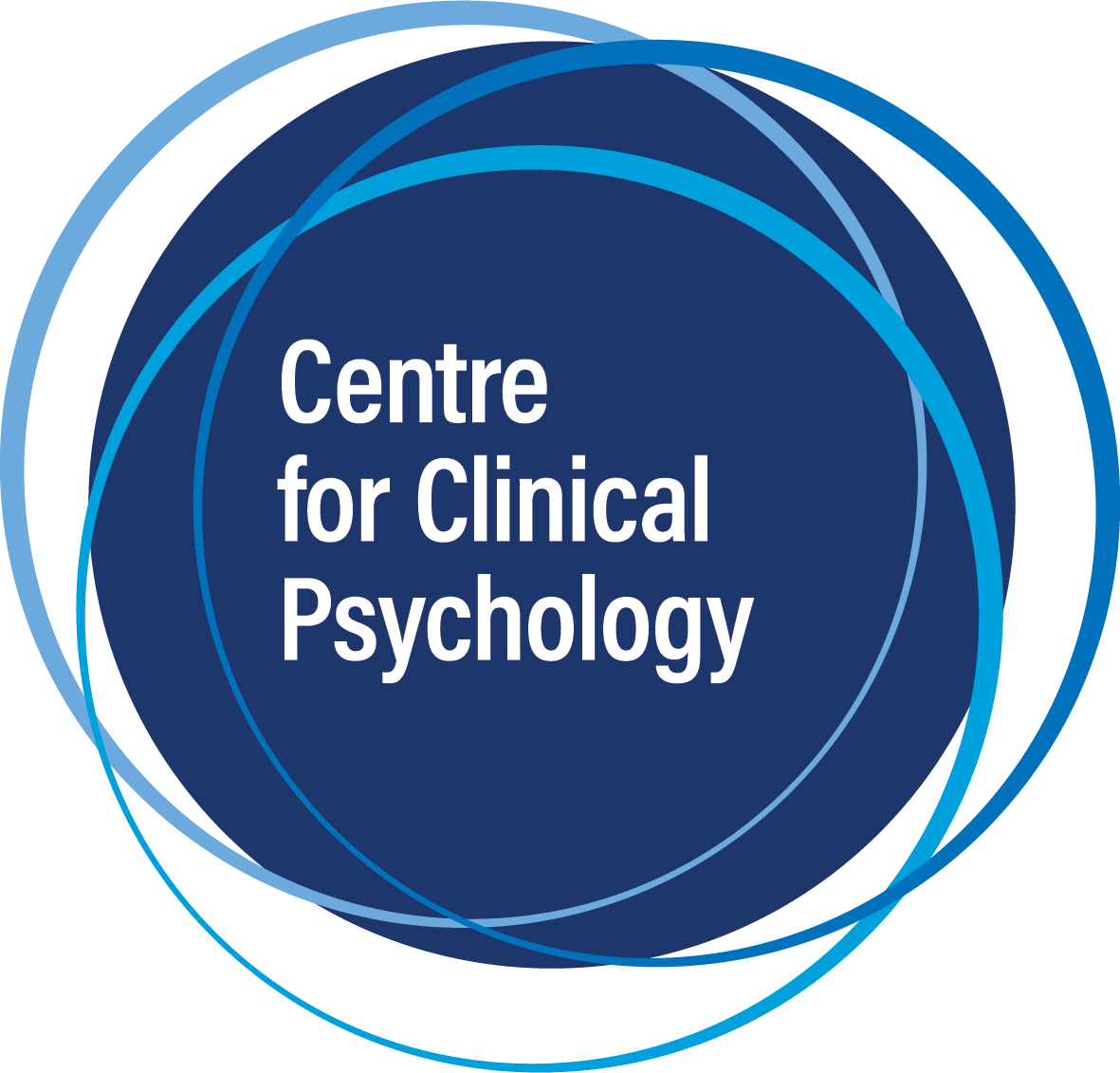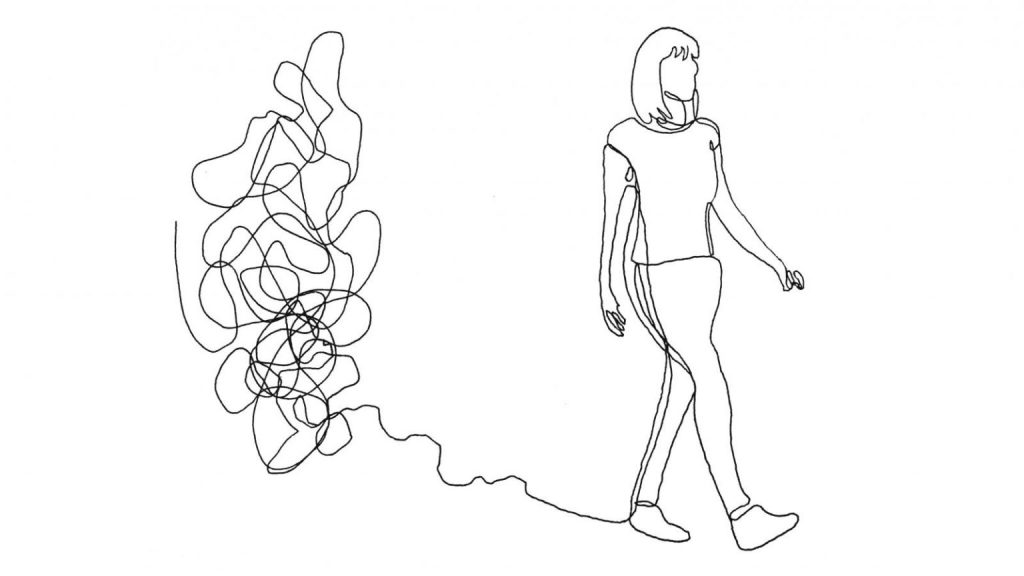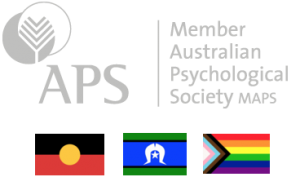What is Cognitive Processing Therapy?
Cognitive Processing Therapy (CPT) is a cognitive-behavioural treatment for Posttraumatic Stress Disorder (PTSD) which was developed in the late 1980s. It has been shown to be effective in reducing PTSD symptoms related to a variety of traumatic events including child abuse, combat, rape and natural disasters. CPT is endorsed by the U.S. Departments of Veterans Affairs and Defence, as well as the International Society of Traumatic Stress Studies, as a best practice for the treatment of PTSD.
Cognitive Processing Therapy recognises that that it is normal for people to have psychological reactions to traumatic events, over time these reactions generally resolve without intervention. In the CPT model, PTSD occurs when something gets in the way of the natural recovery after trauma. Often it is a person’s beliefs about why the traumatic event happened that causes them difficulties. These beliefs cause people to feel strong emotions, which then tends to lead to avoidance (of anything associated with the trauma) and then prevents clear thinking about the trauma. CPT focuses upon how the person’s understanding of the traumatic event and their experiences in the aftermath. CPT is aimed at helping the individual develop more helpful and balanced beliefs about the trauma.
Cognitive Processing Therapy has shown to be an effective psychological treatment for PTSD across a variety of different types of trauma, and with multiple or complex traumatic experiences, such as combat, sexual assault, and refugee experiences. It typically consists of 12 weekly sessions of between 50 to 60 minutes
What to expect in Cognitive Processing Therapy?
Over approximately 12, weekly therapy sessions, clients under taking Cognitive Processing Therapy:
- Learn about the common changes in beliefs that occur after experiencing trauma which can include beliefs about safety, trust, power/control, esteem, and intimacy
- Learn to identify and challenge unhelpful beliefs and thoughts
- Learn to find a balance in the beliefs you may have had after the trauma
- Are asked to write about the impact of your traumatic experience(s)
- May choose to write the story of your traumatic event(s)
- Are asked to complete practice assignments outside of sessions to apply the learning from therapy
What are the Goals of Cognitive Processing Therapy?
Reflect
- Increase your understanding of PTSD
- Examine the impact of the trauma on your beliefs/thoughts and feelings
- Decrease avoidance and difficulties you may be experiencing with positive emotions
Redefine
- Learn skills to evaluate your thinking
- Consider alternative viewpoints of the trauma, oneself and the world
Recover
- Reduce distress related to your memories of the trauma
- Reduce feelings of anxiety, anger, guilt and shame
- Improve day-to-day living
Some Cognitive Processing Therapy for PTSD experiences
HERE. IS. BETTER.
HERE. IS. BETTER. is the first feature length documentary gaining unprecedented access to the U.S. Department of Veterans Affairs. It interweaves the inspiring stories of four veterans undergoing the most effective trauma psychotherapies for Post Traumatic Stress Disorder (PTSD). The film features former presidential hopeful Jason Kander, sharing his journey through treatment for the first time. Included are the stories of women veterans, which are often overlooked, as they work with global PTSD expert (and CPT developer) Dr. Kathleen Chard.
This American Life Podcast - Ten Sessions
What if someone told you about a type of therapy that could help you work through unhealed trauma in just ten sessions? Some people knock through it in two weeks. Jaime Lowe tried the therapy—and recorded it.


